The real side of Mexico City’s Xochimilco canals, following in the footsteps of the Chinamperos
With the interruption of traffic, we left the noise of Mexico City, and the colorful trajineras boat of Xochimilco suddenly appeared in front of us. These boats are lined up in hundreds and thousands, ready to meet urban residents and tourists at any time, so that they can enjoy the Mariachi band, ice-cold beer and a leisurely good time atmosphere in an afternoon.
However, we do not want to stop here, join the waiting crowd and enjoy a pre-lunch carnival. On the contrary, we continue to move towards the traditional and more real reasons for the existence of these waterways: San Gregorio-Atlapulco Nature Reserve.
Here, we guard the gate of the area listed as a natural and cultural heritage by UNESCO. You are greeted by the impressive agricultural system of Chinapas, which originated from the Aztec era. Floating garden is a group of artificial floating islands, where agriculture has been booming for centuries.
Unlike the boat hire and boat jump outside the gate, you need to arrange to visit the reserve in advance. As few tourists stay in it at present, I know that I am the only one who stays on the waterway for a whole day.
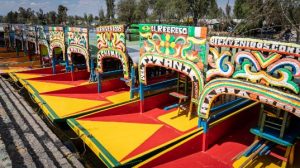
Manos a la Tierra is an ecotourism and volunteer organization, founded about 15 years ago, and a non-governmental organization. It is the ticket and gateway for me to enter the noble nature behind the fence and the most famous wetland in the city.
Our idea is to connect tourists with nature and different cultures, so that they can support our environmental projects and learn more about the local land “– Mayra Jim é nez, founder of Manos a la Tierra, told me that morning when eating chilaquiles (a kind of spicy eggs, tomatoes and tortillas) in a coffee shop in Coyoac á n.
Most of the tourism is on the beach. Many tourists have missed our cherished culture and beautiful inland areas and communities. Although these ideas are new to non-governmental organizations, Maria’s background and research are in sustainable tourism.
Less than an hour later, I shook hands with David, a traditional Chianparo farmer. Together with our translator Dennis, he will guide and educate us to understand this fragile and frank charming ecosystem. This place is rich in nutrition. Once upon a time, it could basically feed the whole city.
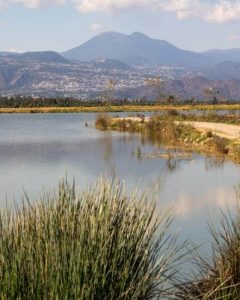
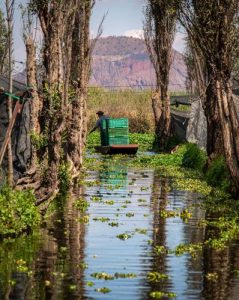
Migratory birds float above and then dive into the vast lagoon. It feels very different from the noise on the other side, let alone the power of Mexico City. Her skyscrapers are still clearly visible in the background.
In the past two years, Covid has made it difficult for us to carry out these projects, but now we have started again. The number of volunteers has decreased, and it is more difficult for people to participate because of safety and security constraints.
Nevertheless, we hope that with the recovery of the tourism industry, we can continue to cooperate with the recovery fund, we can restart our work, support important environmental issues, and help communities where we have established these special relationships.
In fact, before the pandemic, Mayra and Manos a la Tierra did not even consider international tourism. They have domestic tourists and about 17000 volunteers to support their projects across the country — from the river protection project in Waka with the indigenous communities to the cooperation with the ethnic groups in the state of Harisco to raise the awareness of their natural plight — but it has always been a relatively new concept to involve tourists in these projects.
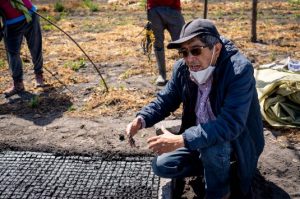
Although the non-governmental organizations established by Mera 15 years ago still adhere to their community and environmental commitments, the reduction of donations and funds, coupled with the pandemic, led to the nomination of Mera and the tourism recovery plan, which not only injected cash into the business, but also opened another possible area of tourism.
The plan is supported by TUI Caring Foundation (a charity of tourism companies) and enpact (an organization supporting entrepreneurs and their ecosystems based in Berlin), and implemented in cooperation with the German Development Agency (GIZ) under the entrustment of the German Federal Ministry for Economic Cooperation and Development (BMZ).
In addition to providing expert training and support, the German International Cooperation Agency also provided more than 100 nominated Mexican enterprises with initial funds of 9000 euros to support them to use tourism as a catalyst for change and survive and develop after the pandemic.
David led us out of the wide lakes and marshes, where a project was under way to try to return unique fish, including Axolotl, a newt known to regenerate limbs. David shared his life’s knowledge as a Chinapero. His son will soon follow in his footsteps, with every word on his lips.
In the San Gregorio-Atlapulco natural area, somehow, this ancient farming technology and unique island have managed to survive — although part of it has adapted slightly to modern times due to environmental changes. Manos a la Tierra and Casa de la Chinampa have cooperated here for a 10-year recovery project. Now, with additional tourism funds, they hope to turn their attention to reforestation and species protection.
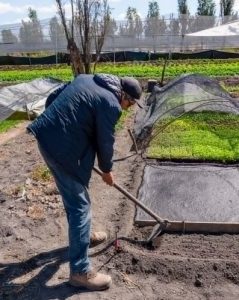
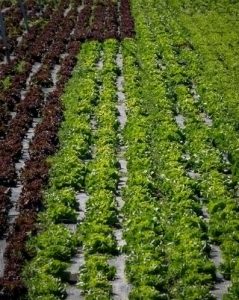
When David dug out nutrient-rich mud from the small canal that sounded Chinampa — the rectangular fertile land floating on the lake bed — I learned how farmers fought for the ownership of this land to keep farming after the revolution. Today, it operates as a public land system, and all farmers have a voice. Especially recently, it has become possible to sell plots.
David prepared a bucket of suitable dredging mud and quickly spread it on fertile soil before cutting it into perfect cubes with a rake. Under the guidance of experts, he added a seedling to every cube on this land, and these seedlings will grow vegetables. Hundreds of other seedlings are sprouting or have developed in different Chinapas. From beets and spinach to coriander and herbs, countless species are planted here in the “Garden of Mexico City”.
These edible plants will enter the tables and restaurants of the whole city, including the food area of Rome. In contrast, other garden plants are transported to the famous flower market nearby – one of the largest and most prestigious markets in the country.
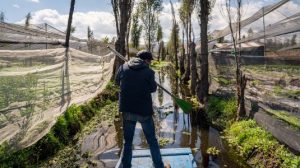
When we were sailing on a quiet and nearly silent waterway in a small piling boat much smaller than outside the reserve, David handed me the oar, which was more like a long stick, and I took over. In the following happy moments (except that I may trap us in a floating plant), I listened to the song of birds and the beating of water for a minute, and completely forgot that I was in Mexico City, one of the most populous metropolises in the world.
Through Dennis’s translation, David told me: “It would be better if we could change the concept, let people stay here for a few days, and really see the nature here; perhaps we would build some eco-hotels nearby.” It seems that it is not only Mera who sees tourism as a way to support the tragic ecosystem.
Later, when having lunch at a local restaurant nearby, there were chicken moles, rice soup and tortillas on the table. Mayra and David were thinking about how exciting and necessary this new travel attempt was.
The tourism recovery plan has provided us with some financial support, especially the guidance, promotion, capacity building and marketing of tourism products. Their idea is that their support will help us establish contact with other tourists from the United States and Europe. “Maira said, and handed me countless tortillas at the same time, letting me pour rich chocolate molasses.
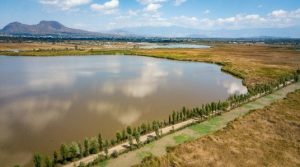
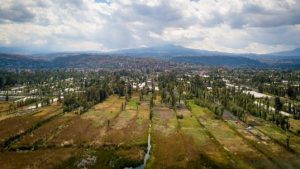
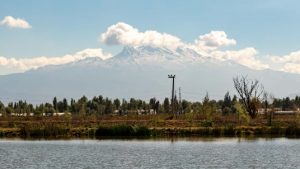
In this country, a large amount of tourism funds flow directly to the beach, and more funds flow to international tourism companies. It is obvious why Maira is so keen to connect tourists directly with local people. Of course, they may not be tour guides who have received classical training, but who is more suitable to teach you an ancient farming method than those who do it every day, or more suitable to take you into the local indigenous community than a woman who has spent more than ten years establishing these connections.
There is no doubt that this is an exciting moment for Manos a la Tierra. Their one-day trip to Chinampero, Mexico City, is the first complete choice they provide for tourists. She introduced in detail all other wonderful experiences she could not wait to share across the country, from one-day tour to customized multi-day adventure, which seemed to be true, and the community was the core of each.
We really want to personalize our travel; For example, if people come with their family and friends and want to stay for many days, we can set up a special trip for them — and group trips that guests can book at the same time. “Dennis added that their new website is currently being finalized and launched as part of their work with the tourism recovery plan project.
I am looking forward to seeing how Manos a la Tierra can transform their other environmental projects into real tourism experiences. However, I have no doubt that they will keep their true colors in the process of doing so. If you want to have a chance to learn more about the culture of this country, I suggest you look at their shiny new website, or contact Mayra directly to make Manos a la Tierra an unforgettable part of your next trip to Mexico.